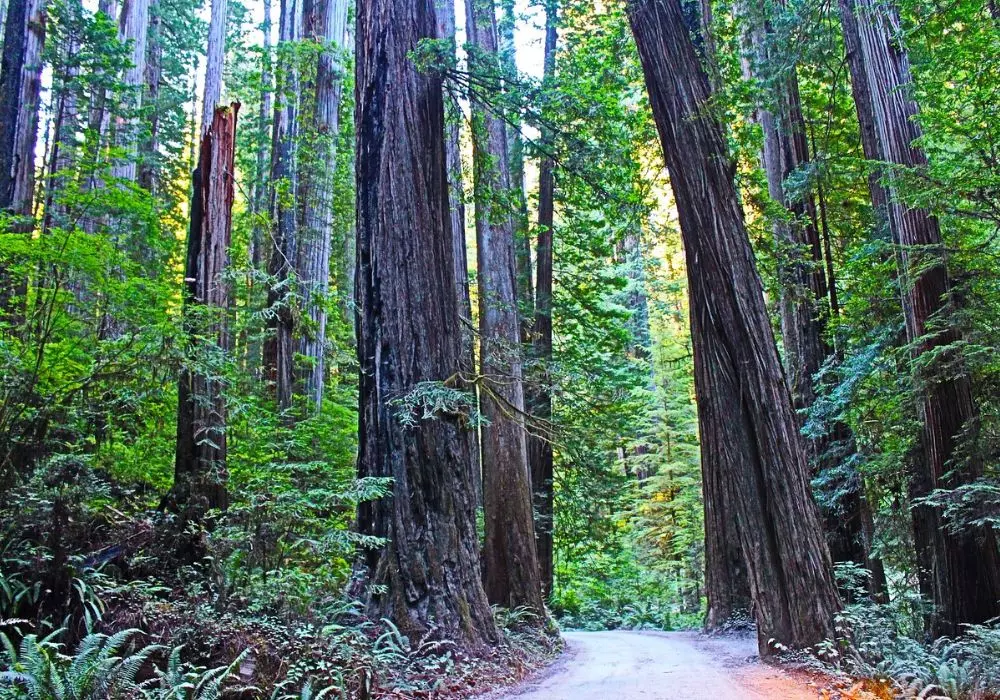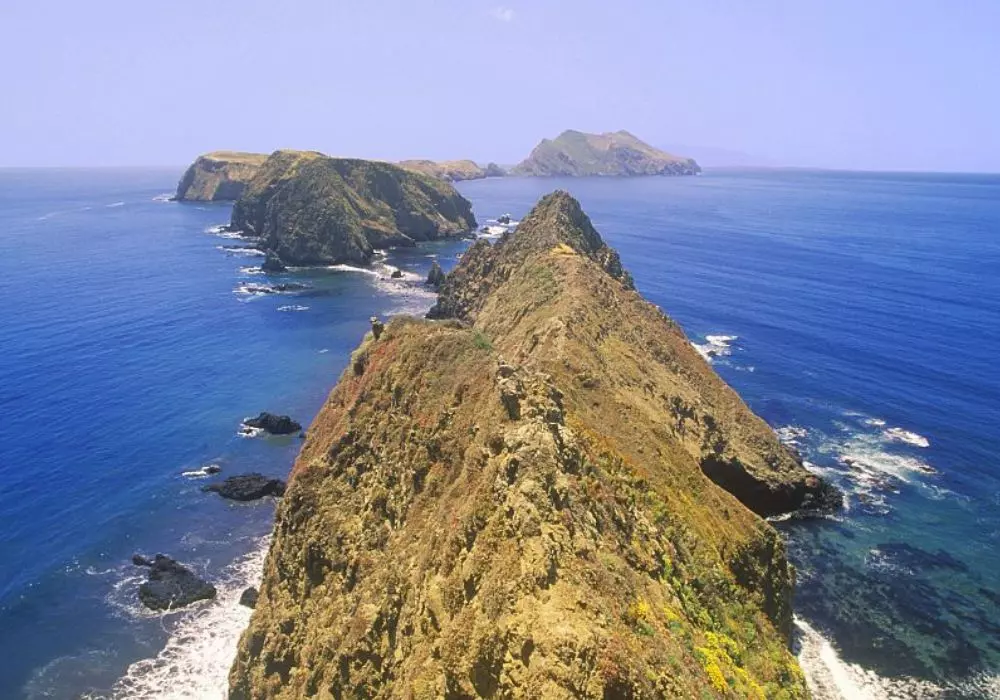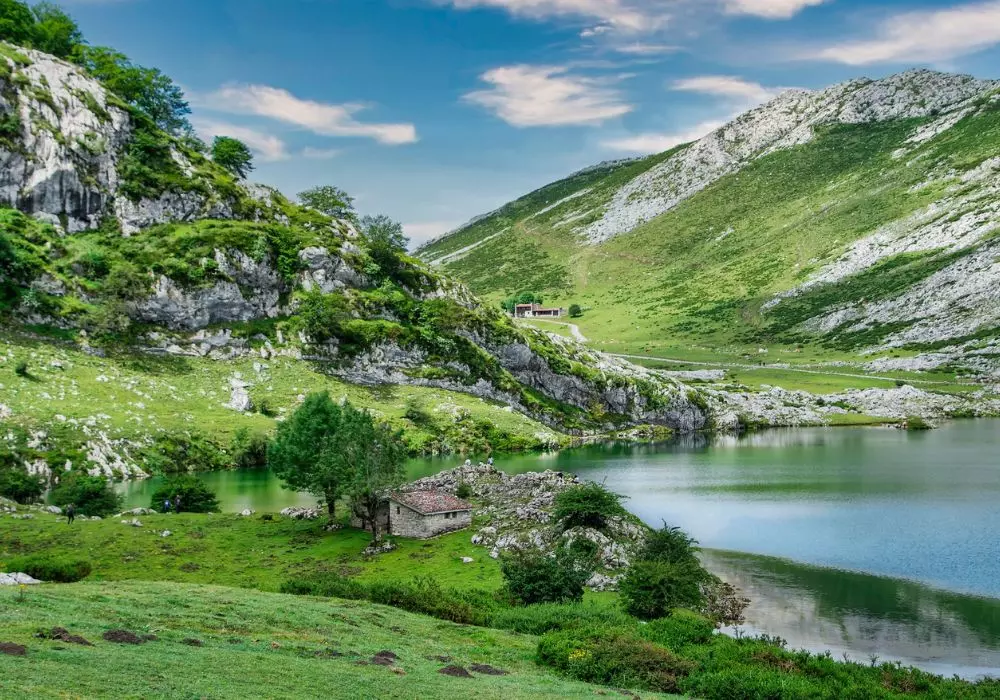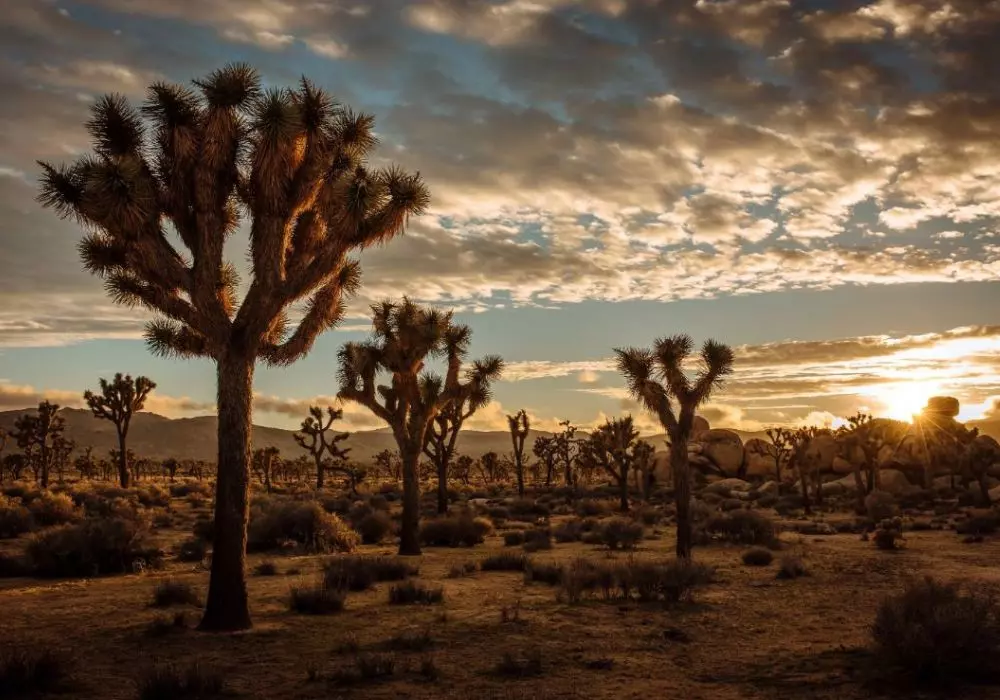“Redwood National and State Parks” encompass a majestic expanse along the Northern California coast, revered for its towering redwood trees and unparalleled natural beauty.
This unique park complex combines the efforts of national and state entities to preserve over 130,000 acres of ancient forests, where some of the world’s tallest living organisms reach heights that seem to touch the sky.
Established to safeguard these magnificent groves, Redwood National and State Parks offer visitors a glimpse into an ancient world of towering giants, tranquil rivers, and rugged coastline.
Whether you seek solitude among ancient trees or adventure along scenic trails, the parks provide a sanctuary where nature’s grandeur and serenity converge.
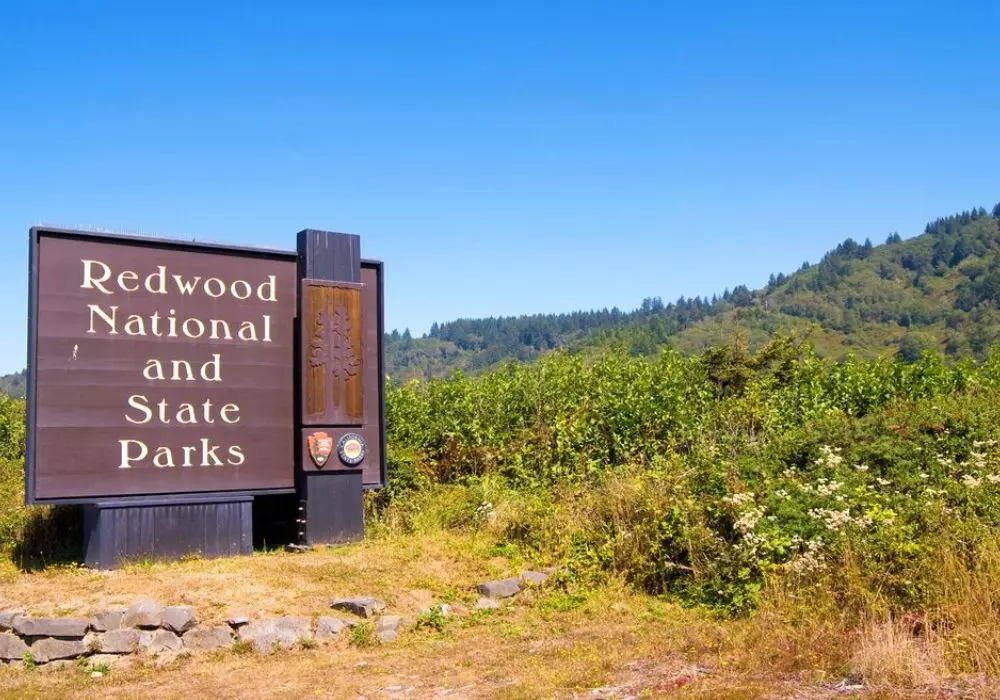

Redwood National and State Parks: Key Details and visit Information
| Feature | Description |
| Location | Northern California, USA |
| Established | October 2, 1968 |
| Area | Approximately 139,000 acres (56,000 hectares) |
| Famous For | Tallest trees in the world, coastal redwoods, diverse ecosystems |
| UNESCO World Heritage Site | Yes, designated in 1980 |
| Biodiversity | Rich flora and fauna, including rare and endangered species like the marbled murrelet and northern spotted owl |
| Key Attractions | Tall Trees Grove, Fern Canyon, Lady Bird Johnson Grove, Prairie Creek Redwoods, Newton B. Drury Scenic Parkway |
| Wildlife | Roosevelt elk, black bears, bald eagles, gray whales, banana slugs, and tidepool creatures |
| Activities | Hiking, camping, wildlife viewing, scenic drives, tide pooling, and horseback riding |
| Climate | Temperate rainforest; cool summers (average 50-60°F), mild and wet winters (average 40-50°F) |
| Annual Visitors | Over 400,000 annually |
| Cultural Significance | Home to Native American tribes like the Yurok, Tolowa, and Chilula |
| Nearby Towns | Crescent City, Orick, Klamath |
| Conservation Efforts | Restoration projects, invasive species control, protection of old-growth forests |
| Management | Co-managed by the National Park Service and California State Parks |
Natural Wonders
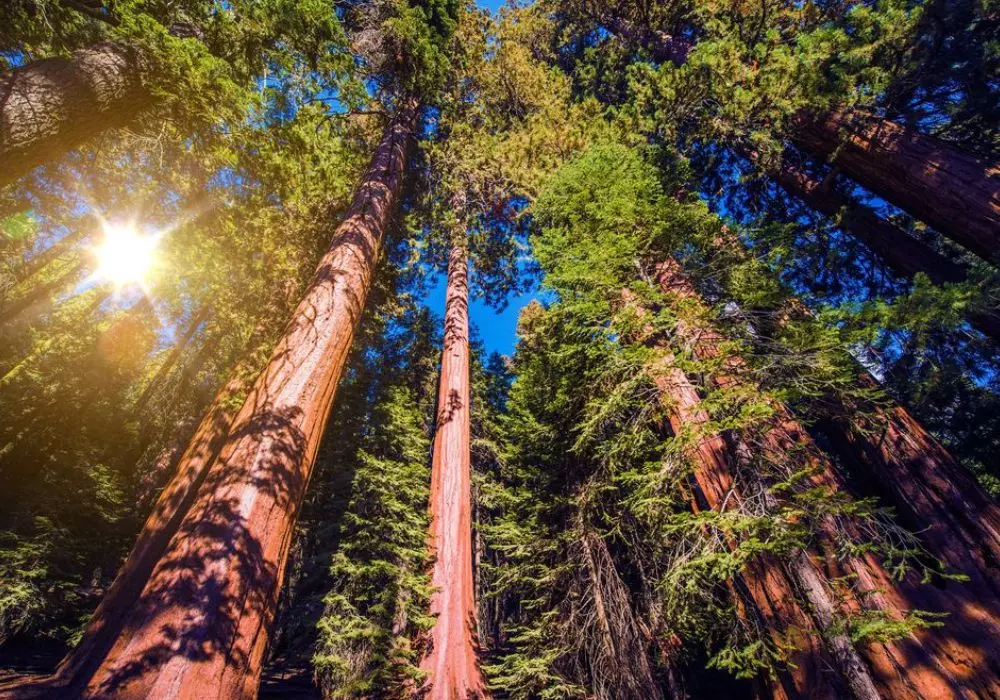

“Redwood National and State Parks” are renowned for their awe-inspiring natural wonders, prominently featuring the majestic coastal redwoods (Sequoia sempervirens).
These towering giants stand as the tallest trees on Earth, reaching heights of over 350 feet and living for thousands of years.
Walking among these ancient forests, visitors are immersed in a world of towering trees, serene groves, and lush undergrowth.
The parks’ ecosystem supports a rich diversity of flora and fauna, adapted to thrive in the shade and moisture provided by the redwood canopy.
Ferns, mosses, and lichens blanket the forest floor, while Roosevelt elk roam freely in the meadows and alongside pristine rivers.
Notable groves within the park complex include the Avenue of the Giants, where visitors can drive through a corridor of towering redwoods, and the Lady Bird Johnson Grove, dedicated to the former First Lady’s conservation efforts.
These groves serve as sanctuaries of tranquility and a testament to the enduring beauty and resilience of these ancient trees.
Exploring the natural wonders of Redwood National and State Parks offers a profound connection to nature’s grandeur and the importance of preserving these magnificent landscapes for future generations.
Activities
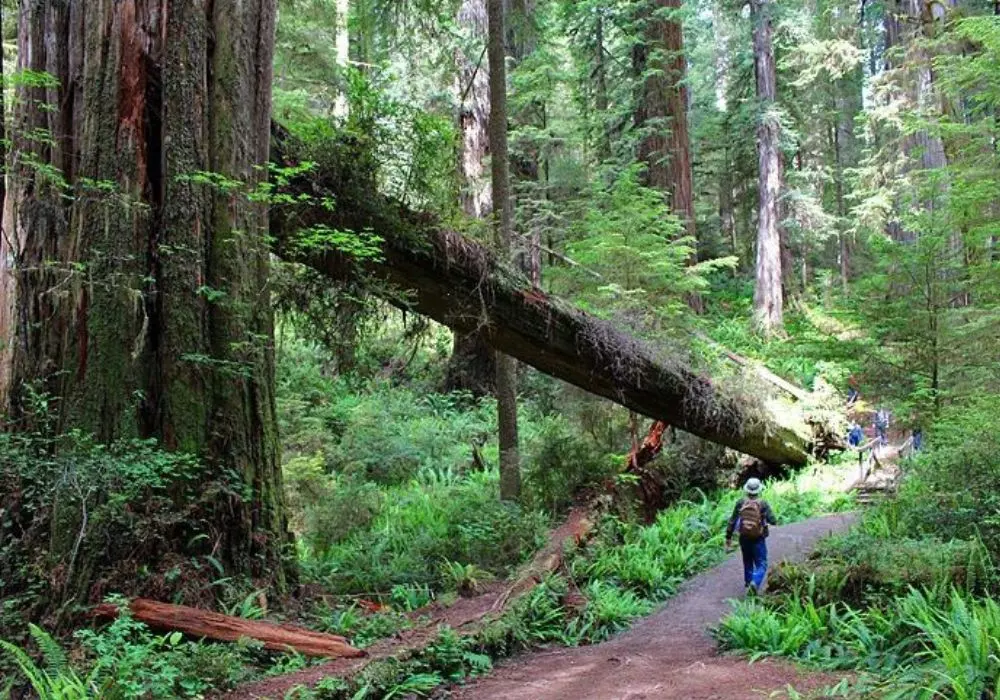

“Redwood National and State Parks” offer a diverse array of activities that allow visitors to immerse themselves in the natural splendor of these iconic forests.
Hiking: Explore a network of scenic trails that wind through ancient redwood groves, offering opportunities for all skill levels.
Popular trails include the Tall Trees Grove Trail, which leads to some of the tallest trees in the park, and the James Irvine Trail, known for its lush greenery and scenic bridges.
Wildlife Viewing:
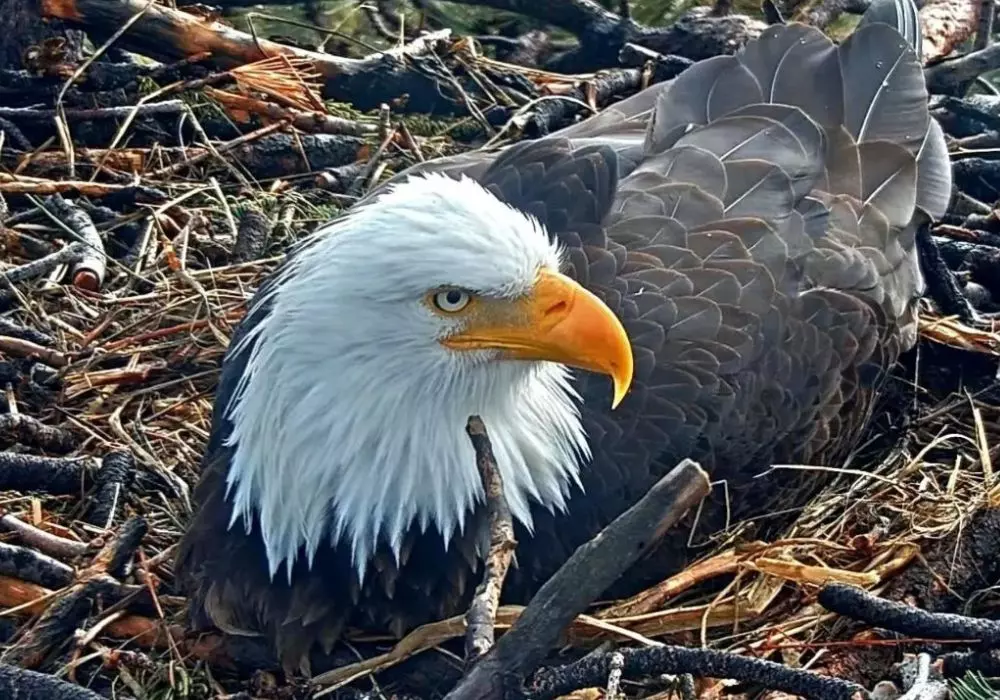

Observe the park’s diverse wildlife, including Roosevelt elk, black bears, and a variety of bird species.
The Elk Prairie Trail and the Klamath River Overlook are excellent spots for wildlife enthusiasts to spot these majestic creatures in their natural habitat.
Scenic Drives: Take a leisurely drive along the Newton B. Drury Scenic Parkway or the Avenue of the Giants, where you can experience the magnificence of the redwoods from the comfort of your car.
Numerous pullouts and viewpoints offer breathtaking vistas of the towering trees.
Camping: Experience the magic of sleeping under the canopy of ancient giants at one of the park’s campgrounds.
Whether you prefer developed campgrounds with amenities or backcountry camping in more secluded areas, Redwood National and State Parks provide options for all types of camping enthusiasts.
Ranger Programs: Participate in ranger-led programs and guided walks to learn about the park’s natural and cultural history.
Programs often include talks about the redwood ecosystem, star-gazing events, and educational activities for families and children.
Photography: Capture the beauty of the towering redwoods and the serene landscapes they create.
Sunrise and sunset offer magical lighting conditions for photography, highlighting the textures and colors of the ancient forests.
River Activities:
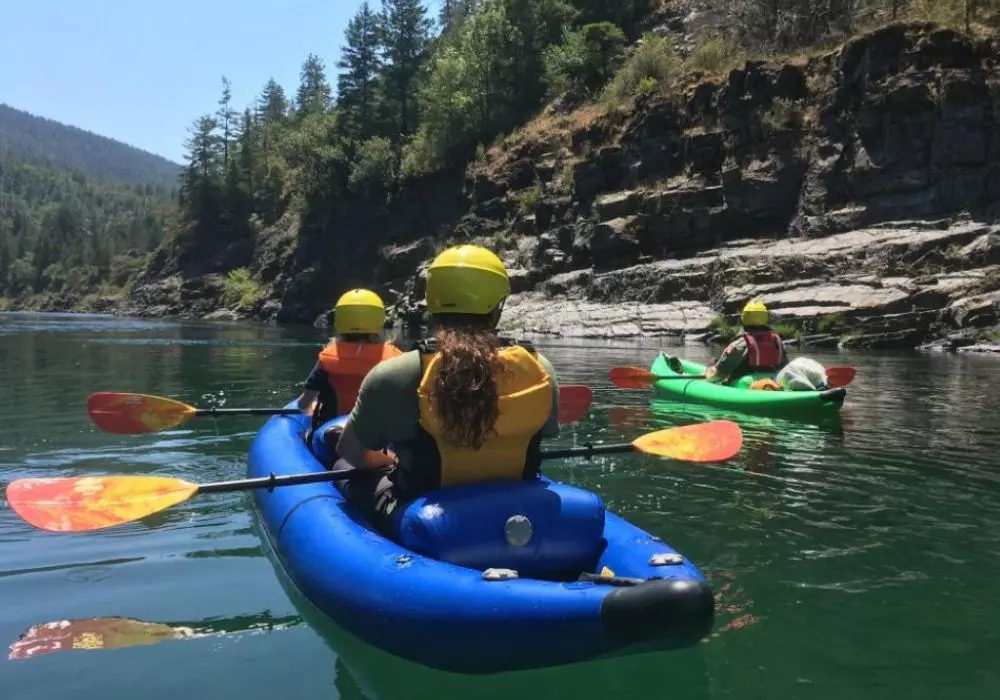

Enjoy kayaking, canoeing, or fishing along the Smith River or Klamath River, which flow through the park.
These rivers provide opportunities for water-based recreation amidst stunning natural scenery.
Whether you’re seeking adventure on the trails, peaceful moments in nature, or educational experiences with park rangers, Redwood National and State Parks offer activities that cater to every visitor’s interests and appreciation of these majestic landscapes.
Points of Interest
“Redwood National and State Parks” abound with captivating points of interest that showcase the awe-inspiring beauty and natural wonders of these ancient forests.
Avenue of the Giants:
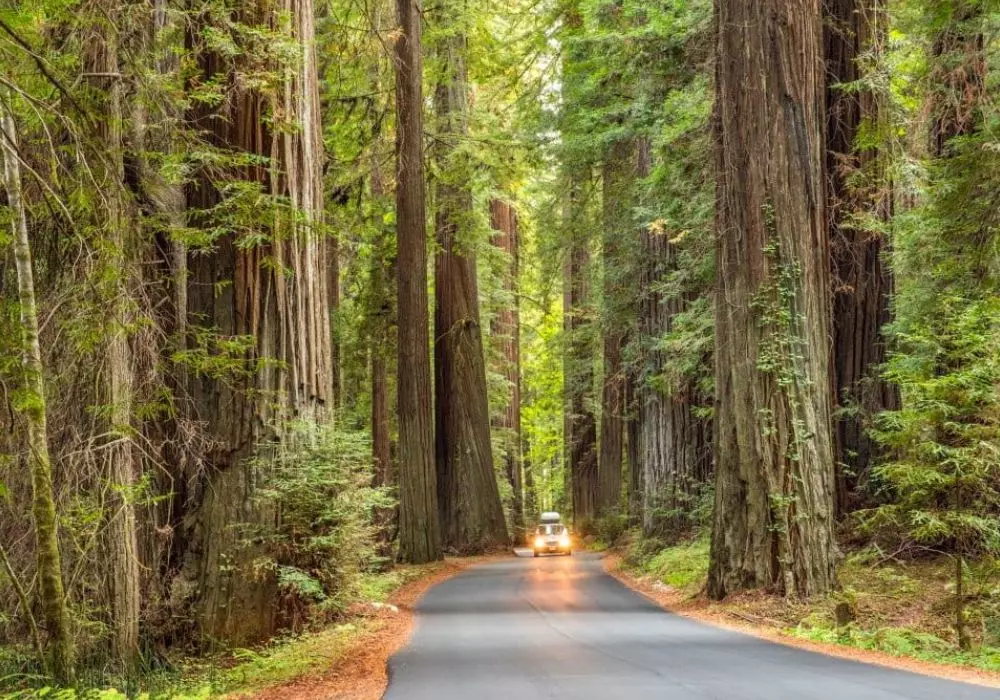

A scenic drive through towering redwoods, offering opportunities for photography, hiking, and picnicking amidst some of the tallest trees on Earth.
Tall Trees Grove: Home to some of the tallest trees in the world, accessed via a scenic trail that leads through lush forest and along the banks of the Redwood Creek.
Lady Bird Johnson Grove: Named in honor of the former First Lady’s conservation efforts, this grove features a tranquil loop trail surrounded by old-growth redwoods and interpretive exhibits.
Prairie Creek Redwoods State Park: Known for its dense old-growth redwood forests, scenic drives, and trails such as the Fern Canyon Trail, where lush ferns line canyon walls.
Coastal Drive: Explore the rugged coastline of the park, where dramatic cliffs, secluded beaches, and stunning ocean views await along the Coastal Drive.
Klamath River Overlook:
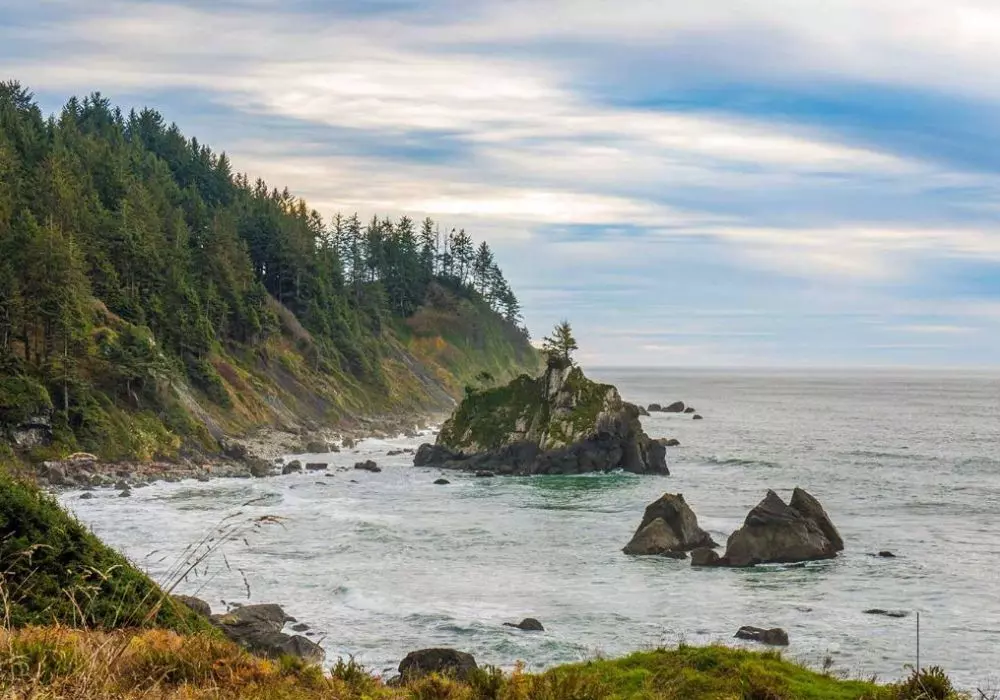

A prime spot for wildlife viewing, particularly Roosevelt elk, with expansive views of the Klamath River as it meets the Pacific Ocean.
Trillium Falls Trail: A moderate hike through a lush redwood forest leading to Trillium Falls, a serene waterfall nestled in the heart of the park.
These points of interest within Redwood National and State Parks offer diverse experiences that highlight the grandeur and ecological significance of these ancient forests.
Conservation Efforts
“Redwood National and State Parks” are at the forefront of conservation efforts aimed at preserving one of Earth’s most iconic ecosystems, the ancient coastal redwoods.
Preservation of Old-Growth Forests:
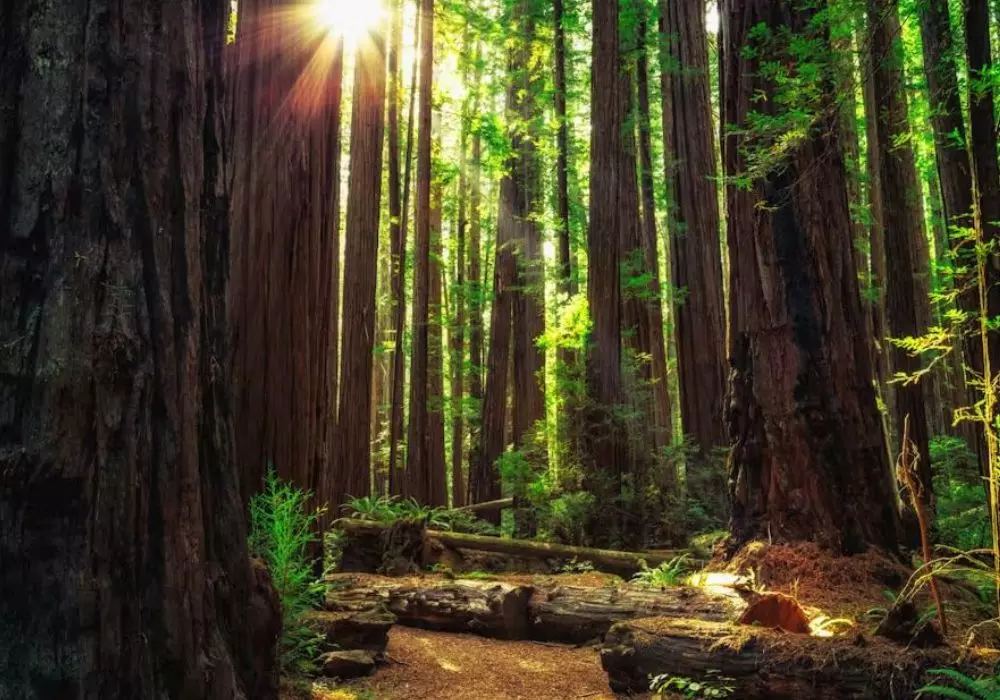

The parks prioritize the protection of old-growth redwood forests, ensuring these ancient giants continue to thrive in their natural habitat.
Habitat Restoration: Ongoing efforts focus on restoring degraded habitats within the parks, including riparian areas and meadows, to enhance biodiversity and ecosystem health.
Wildlife Protection: Conservation programs support the recovery of endangered species such as the marbled murrelet and Northern spotted owl, which rely on old-growth redwoods for nesting and habitat.
Climate Resilience: Initiatives address climate change impacts by monitoring forest health, studying carbon sequestration in redwood trees, and implementing adaptive management practices.
Education and Outreach: Visitor education programs promote stewardship and conservation awareness, encouraging sustainable practices and fostering a deeper connection to nature.
Collaborative Partnerships: Partnerships with government agencies, nonprofit organizations, and local communities play a crucial role in advancing conservation goals and protecting the parks’ natural resources.
Research and Monitoring: Scientific research conducted within the parks contributes to understanding redwood ecology, informing management decisions and conservation strategies.
By prioritizing conservation efforts, Redwood National and State Parks ensure that future generations can continue to experience and benefit from the irreplaceable beauty and ecological importance of these ancient forests.
Visitor Information
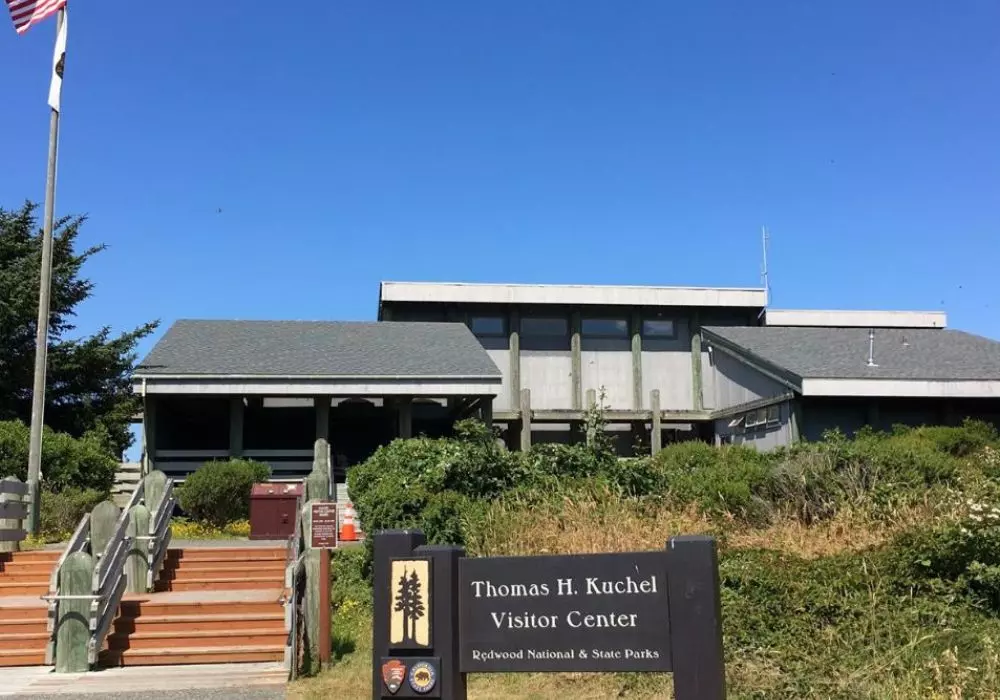

“Redwood National and State Parks” provide essential information for visitors to make the most of their experience in these iconic forests.
Getting There:
The parks are located along the Northern California coast, accessible by car via US-101. Major entry points include Crescent City in the north and Orick in the south.
Visitor Centers:
Stop by the Thomas H. Kuchel Visitor Center near Orick for park orientation, exhibits on redwood ecology, and ranger-led programs.
Other visitor centers include Prairie Creek Visitor Center and Jedediah Smith Visitor Center, offering information and resources.
Activities
Hiking: Explore trails like the Stout Memorial Grove Trail or the Boy Scout Tree Trail to witness towering redwoods and diverse wildlife.
Camping: Enjoy camping at developed campgrounds such as Jedediah Smith Campground or backcountry camping options for a more immersive experience.
Best Times to Visit
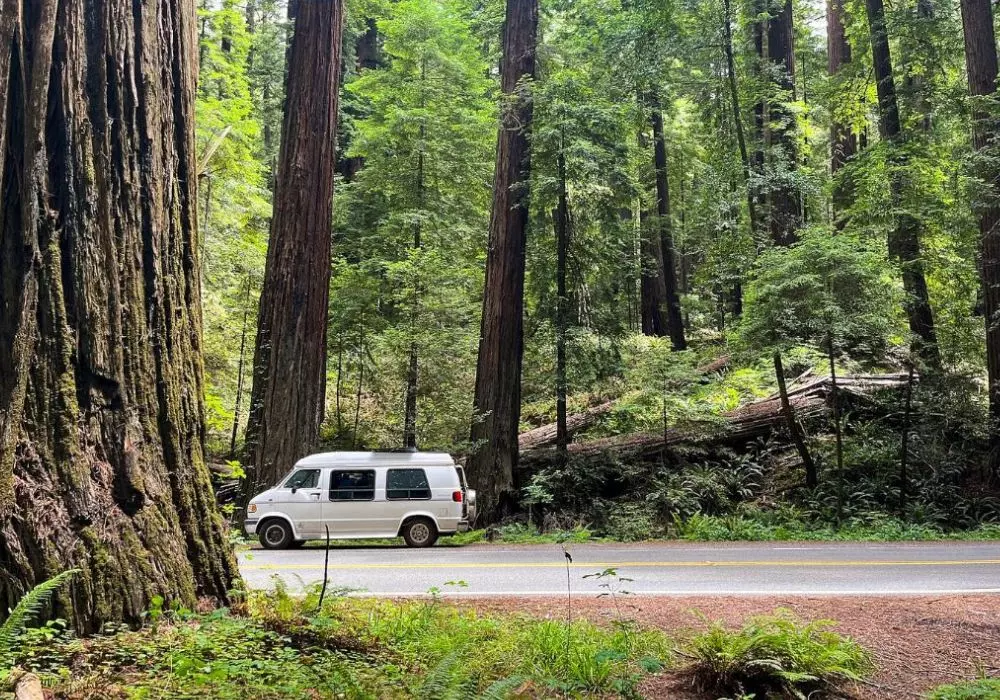

Summer offers warm weather and longer daylight hours, ideal for outdoor activities. Spring and fall provide milder temperatures and fewer crowds, enhancing the tranquility of the redwood forests.
Facilities
Restrooms, picnic areas, and interpretive exhibits are available at major attractions and visitor centers. Lodging options are limited within the parks but can be found in nearby communities.
Conservation Tips
Respect wildlife and stay on designated trails to minimize impact on sensitive habitats. Practice Leave No Trace principles and pack out all trash to preserve the parks’ natural beauty.
Accessibility
Some trails and facilities are accessible to visitors with disabilities, including wheelchair-accessible paths and designated parking.
Conclusion
“Redwood National and State Parks” stand as sanctuaries of natural beauty and ecological significance, showcasing the towering grandeur of ancient redwood forests.
These parks not only preserve some of the tallest trees on Earth but also offer visitors a chance to connect with nature in its purest form.
From the serene groves of old-growth redwoods to the rugged coastline and abundant wildlife, Redwood National and State Parks provide an unforgettable experience for all who explore their trails and scenic drives.
As stewards of these precious ecosystems, it is our responsibility to cherish and protect these ancient forests for future generations.
By supporting conservation efforts, practicing sustainable tourism, and fostering a deeper understanding of redwood ecology, we ensure that these majestic landscapes continue to inspire and enrich our lives.
Whether you come to marvel at the towering trees, embark on a wilderness adventure, or simply find solace in nature’s embrace, Redwood National and State Parks offer a timeless refuge where the spirit of preservation and appreciation for natural wonders thrive.
